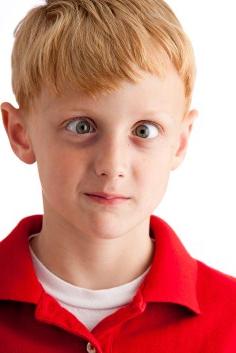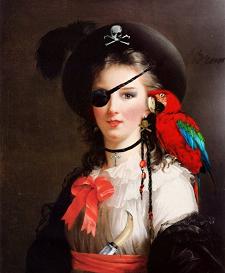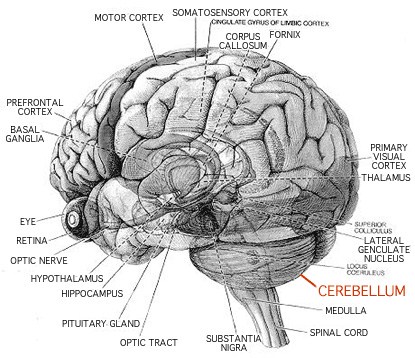Home > about eyes > Amblyopia in Children
Amblyopia in Children
Amblyopia in Children: What It Is and How It Is Treated
What is amblyopia?
Amblyopia (say this: "am-blee-oh-pee-ah") is a disorder of the visual system characterised by the loss of (or poor) vision in one or both of a child’s eyes. Amblyopia usually affects only one of the eyes, but sometimes it can affect both. It is a problem of the development of the brain rather than the eyeball (although problems with the eye can lead to the brain ignoring information from that eyeball.) Amblyopia is the most common cause of vision problems in children.
What causes amblyopia?
Anything that happens to blur a child’s vision or cause the eyes to become crossed may cause amblyopia. For example, children who have strabismus (also called “crossed eyes”), cataracts, a droopy eyelid or who need glasses to see better may get amblyopia.
All babies are born with poor eyesight. As babies grow, their eyesight gets better. In order to develop good eyesight, both eyes need to provide a clear, focused image that is the same in both eyes. If the image isn't clear in one eye or if the image isn't the same in both eyes, the child gets a different picture from each eye. The child’s brain naturally tries to fix this problem by blocking out the picture from the weaker eye. If the problem is not fixed when the child is young, the child’s brain will always ignore pictures from the weak eye, causing amblyopia. If the image from both eyes is not the same... the brain naturally begins to block one eye out... |
 Squint can cause amblyopia in kids. |
How is amblyopia treated?
 |
The treatment for amblyopia depends on what is causing it. After the cause of the amblyopia is found, the child will need to use the weaker eye most of the time, so it will get stronger.
To make the child's brain use the weaker eye, a patch can be put over the stronger eye. Sometimes, eye drops or special glasses are used to blur the vision in the stronger eye. This makes the weaker eye become stronger. Patches may be used all day or part of the day, depending on the child's age and vision. Glasses or contact lenses fix some problems. Surgery may be needed for cataracts, droopy eyelids or crossed eyes. Treatment usually lasts until vision is normal, or until vision stops getting better. For most children, this takes several months. A few children need to use eye patches until they are 8 years to 10 years of age. |
Why is early treatment important?
|
The first few years of life are the most important for eyesight development. After a child is 8 years to 10 years of age, the brain's vision system is complete. It doesn't seem to develop anymore. If the amblyopia hasn't been treated by this age, the child will have poor vision for life. It won't be possible to fix it with glasses, patching or any other treatment. There's a small chance that using an eye patch for too long can hurt the strong eye. For this reason, children who are wearing eye patches should see their optometrist often during the treatment. book your child in now for a check-up |
 |



